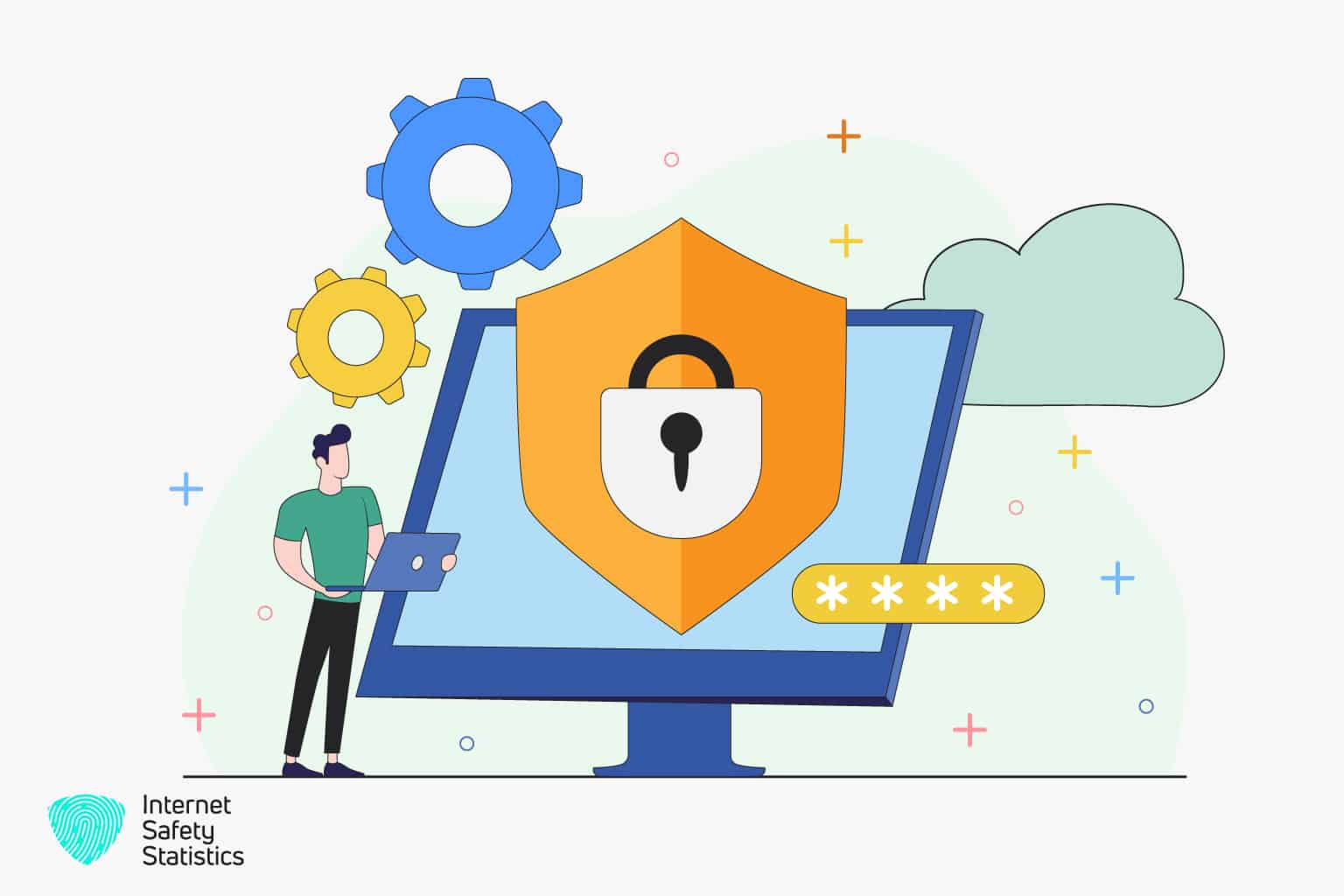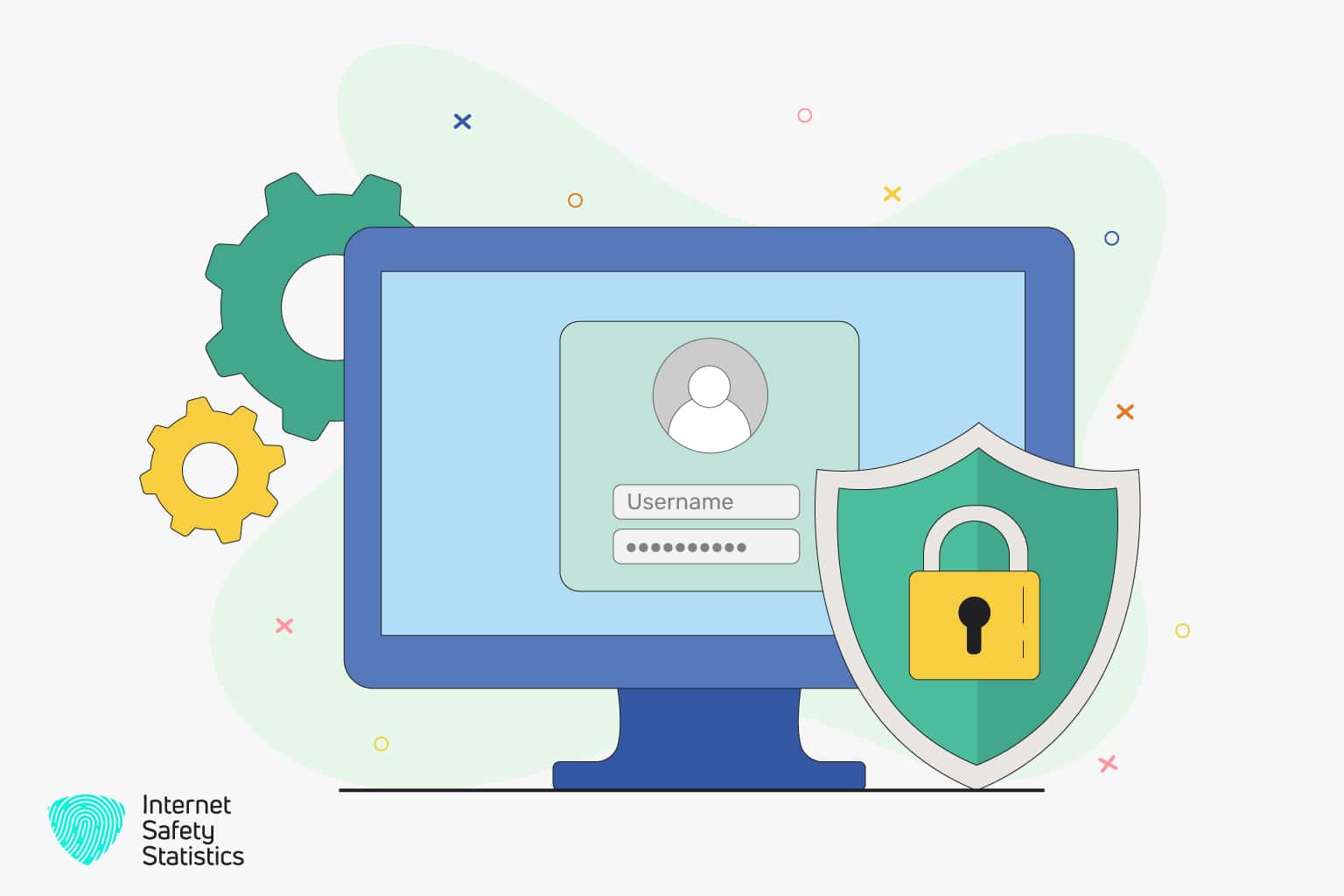
Cyber security is the process of protecting networks and computer systems from hacker attacks that might result in the loss of information, the theft of sensitive data, the disruption of services, or even hardware damage. The importance of cyber security cannot be stressed enough in our current world, with the excessive digitalisation of every aspect of our life. In this sense, it’s vital to be aware of the cyber security principles that govern our relationships with the virtual world.
In this article, we will discover the main cyber security principles organisations need to adopt to protect themselves, their customers, their network, and their services.
What Do Cyber Security Principles Mean?
Cyber security principles are a list of guidelines that organisations need to check and follow to ensure the safety of their networks, services, and customers. Different organisational bodies around the world set their own list of cyber security principles. However, the principles are almost always the same. As an individual, you can look for the protective steps followed by the organisation you wish to deal with to ensure they guarantee your safety online.
The Cyber Security Principles You Must Know
The National Cyber Security Center in the UK has set a list of cyber security guidelines to follow in order to protect Internet Safety Providers, consumers, and the different organisations in the country from the increasing dangers of cyber security attacks. Some of the principles constitute steps for organisations or service providers to follow, while others depend on the cyber security awareness of the user.
Thus, these major cyber security principles every organisation needs to adopt are:
1. Adopting a Risk Management Policy
A risk management policy refers to the general approach of the organisation regarding cyber security. The management team, IT team, and the organisation’s general manager must cooperate in setting a comprehensive plan of policies, steps, and practices that deal with every aspect of the organisation’s cyber security, from protection, monitoring, detection, and processing.
After the risk management policy is ready, specialised personnel must effectively explain and communicate this policy —preferably using simple language and examples— to the organisation’s staff, suppliers, and end-users. It’s worth mentioning that it’s preferable for senior board members to have expertise in the field of risk management policies and general cyber security knowledge.
2. Secure Network
A secure network policy comprises procedural and technical steps that work to make your connection to the internet safe for you and the person or organisation on the other side. There are several steps to ensure the safety of your network. You can begin by installing a firewall to protect any incoming or pending connections, and you must make sure the firewall is constantly updated. A firewall will ensure every access to your network is authorised.
Furthermore, you can have antivirus software to scan your system for possible malware as an extra protective step. Antivirus software will scan for malicious factors that might have made it through to your device, quarantine them, and assist you in removing them to restore the security of your device and network.
3. Secure Configurations

Misconfigurations represent the most common and almost invisible methods that give hackers a backdoor into secured networks. As a service provider, the proper configuration will protect your network from possible loopholes that hackers can use. Additionally, such a configuration will protect any data customers disclose while using your services.
To ensure secure configuration, you need to regularly patch software used within your organisation and perform a regular check for updates because, oftentimes, hackers improve their attack methods to keep up with software updates. This means that if your software is outdated, it can easily be breached by hackers.
As a customer, if there are any extra permissions required by the service provider that you feel are unnecessary, this might be a configuration loophole. Make sure to contact your service provider to make sure the permissions you’re granting them are only the ones needed to benefit from their services and also to ensure that the denial of some permissions will not affect the services they provide you.
4. Malware Prevention and Detection
Malware prevention focuses on the channels that are most vulnerable to different types of malicious factors, such as emails, text messages, removable media devices, and personal devices. Generally, each previously mentioned channel has a specific protection method, such as using email threat protection to scan emails for potential malware and spam text removers to flag suspicious text messages.
Phishing is the most common type of malware and typically uses emails or text messages to install malware on your device. However, other types of malware are as evasive, such as ransomware, worms, trojans, and viruses. When installing antivirus software, you can detect various malware besides viruses. However, ransomware is one of the hardest to notice. For this reason, prevention is better than cure; it’s preferable you protect your network from contracting malware in the first place.
5. Proper Incident Management
Incident management refers to the organisation’s action plan in the event of a cyber security incident. Both the management and IT teams need to lay out an action plan with clear steps to follow and properly communicate this action plan to all users of the organisation. This will help in the effective execution of the plan if any user discovers an illegal network or data breach. Additionally, the action plan should include the steps to follow if a user suspects a breach and needs to double-check.
Devising an action plan will improve the organisation’s ability to detect and respond to threats, especially since many threats are caused by human error. Consequently, the employees and IT team will need unlimited resources to deal with all potential threats that arise from human error, in addition to keeping the organisation’s cyber security plan in force and properly executed.
6. User Awareness and Education
User awareness includes that of organisation employees and the end-users. Part of your cyber security plan as a business manager is to provide proper training and education for your employees in the field of cyber security. Human error is the main cause behind over 80% of cyber security breaches in organisations, which necessitates this educational step. Additionally, your IT team should properly fill the rest of the employees in on the steps of the organisation’s action plan in the case of a cyber security attack.
On the other hand, many end-users are not aware of the policies set by service companies. As a service provider, your employee must fully explain to the end-user the extent of their privileges, the services they’re attaining, and the organisation’s policies in the event of misuse or an accidental cyber security breach into the organisation’s network done by the end-user.
7. User Privileges
The privileges you grant your employees must be within the limit they need only, meaning you should only give a privilege if it’s necessary. Different employee positions might require different privileges, but the same principle applies; the granted privilege must be necessary to allow them to fulfil their job. Access to sensitive information, such as the organisation’s financial information, must only be granted to director-level employees.
If a user has access privileges above their level, this can lead to privilege misuse, or if this user’s credentials were stolen, this can give the hacker legitimate access to the organisation’s database and would make the detection of a data breach harder.
8. Proper Monitoring
The proper monitoring principle can be divided into two parts. The first part is the regular monitoring of the cyber security status of the organisation’s network. This step ensures the software is patched up and the latest updates are installed to prevent the occurrence of a misconfiguration loophole. If monitoring detects a malicious factor, it will create an incident, leading the IT team to use the organisation’s action plan.
The second part is monitoring employee behaviour on the organisation’s network, especially those with high access privileges. Employees must only use the organisation’s network to complete work-related tasks and avoid using it for personal reasons, such as downloading software from untrusted sources or checking social media websites. These personal tasks can inadvertently give malicious actors access to the organisation’s network.
9. Removable Media Devices
Removable media devices pose a grave danger to the different devices connected to them. These devices include everything a person can plug into the organisation’s device, such as USB sticks, smartphones, iPads, CDs, DVDs, and even Bluetooth devices. Malware can simply move from the infected device to the USB flash drive that is then ready to download and install on the next device. The use of cloud services decreased dependency on removable media devices, but they’re still extensively used, especially for personal data.
A removable media device policy means that the organisation defines the cases in which using removable media devices on the organisation’s devices are permitted. Additionally, this policy will describe if certain types of removable media devices are not allowed to use at work.
10. Remote Work and Working from Home
Remote work and working from home have been a part of the work process for years. However, the spread of COVID-19 highlighted them as the only safe coping mechanism. This resulted in the amount of data travelling through the possibly unsecured networks doubling over the past couple of years.
Unfortunately, unless your employees are tech-savvy, the majority of home networks are not as safe as work networks. Remote work policies define how employees can access their work data safely from home, help protect data at rest and in transit, and even establish protected mobile-based profiles for the employees to conduct work from home. The last option is the safest and one many organisations adopted after COVID-19 (as lockdowns were enforced) so that people wouldn’t lose their jobs and organisations wouldn’t go out of business.
The organisation’s cyber security policy will greatly ensure the security of its network and data, its best defence is the employees, which highlights the importance of employee cyber security awareness.
